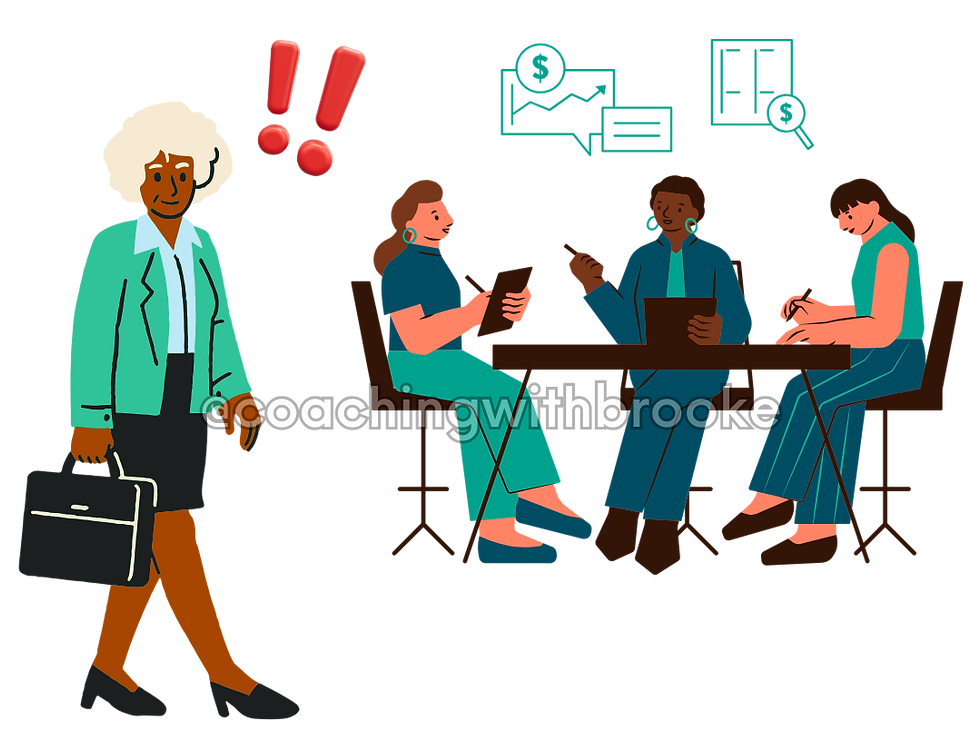The Long-Term Effects of Bullying with ADHD: What Most People Don’t See
- Nov 7
- 3 min read
When we talk about ADHD, we often focus on attention, impulsivity, and executive function.
But there’s an invisible wound that often goes unspoken: bullying, and the lifelong impact it can leave on those with ADHD.

It’s Not Just “Thin Skin”... It’s Trauma
Many ADHDers aren’t just bullied as children. The bullying follows them into adulthood: in workplaces, friendships, relationships, and even online.
What may seem like simple teasing or conflict to some can be internalized deeply by someone with ADHD.
That’s because our nervous systems are already wired for heightened sensitivity, especially around rejection and criticism.
This can lead to something far more serious... CPTSD.
“I was 35 before I realized: this isn’t thin skin. It’s trauma my nervous system kept replaying.”

What Adult Bullying Can Look Like
Bullying doesn’t always stop after grade school. It just changes costumes.
Being excluded from meetings
Smear campaigns disguised as “jokes”
Group chats without you
Anonymous dogpiles online
Pair this with ADHD masking and Rejection Sensitivity Dysphoria (RSD), and you’ve got a recipe for hyper-vigilance: where your brain constantly scans for danger, keeping your wounds wide open.

The Brain’s Trauma Loop
Trauma affects how our brains respond to different situations.
It overloads the amygdala (your alarm system) and dampens the hippocampus (which gives memory context).
This pushes us into fight, flight, freeze, or fawn.
The result? You may become:
Easily startled
Prone to shutdowns
Overwhelmed by anger
Or stuck in people pleasing just to feel safe

Why ADHD Brains Are Extra Vulnerable
ADHD alone doesn’t cause trauma, but it magnifies the impact of it.
RSD means we read rejection in everything.
Impulsivity makes us react before we can process.
Time blindness + working memory issues keep us replaying the moment.
Masking creates a chronic stress load that leaves us emotionally exhausted.
It’s not in your head. It’s in your nervous system.

The Good News: You Can Heal
Neuroplasticity means the brain can repair — even after trauma.
But it takes consistent, repeatable practices to calm the alarm system and rebuild self-trust.
Here’s how:
💡 Regulate + Protect
Beat-Drop Reset:
When triggered, hit a song with a big drop; on the drop, shake it out + 10 deep breaths. (Interrupts panic loop.)
Delay-Send Rule:
When angry/scared, write it—then wait 20 minutes. Re-read regulated or ask a body-double to sanity-check.
Evidence Folder:
Screenshots/notes of incidents. Validation for your nervous system; clarity if you need HR/med-legal later.
Boundary Phrase Bank:
“Not for me.” “I won’t discuss this here.” “Let’s keep it professional.” (Practice out loud so it’s ready under stress.)
💡 Restore the Brain
2-Minute Cardio Burst
When spiraling (stairs, jumping jacks) → drop cortisol fast.
Co-Regulation Buddy
Call/text someone safe; borrow their calm.
15-Minute Trauma Journal
One page on “what happened / what I felt / what I needed.” (Evidence-based; reduces intrusive loops.)
Nature Micro-Dose
Sunlight + trees = downshift for the alarm system.
💡 Reclaim Your Spaces
Mute/Block without debate
Safety beats “being nice.”
No-Anonymity Zones
Don’t engage where pile-ons thrive.
ABCs for Meetings
Ask to be included, Bring an ally, Confirm in writing.
Small Truths Daily
One honest sentence a day retrains your body that truth = safety.
If you’ve been told you’re “too sensitive” or you’re still feeling the echoes of bullying from years ago... You’re not broken. You’re human. And you’re allowed to prioritize your safety over politeness.
Let’s shift the narrative: It’s not about toughening up. It’s about healing smart.
If this resonated with you, share it with someone who needs to hear it, and know that you’re not alone in this.
Have you been bullied (or been a bully) & have ADHD?
I'm collecting data to better research this topic and I'd be so grateful for you to share in this anonymous Bullying and ADHD survey!
Be Kind to Yourself,
Coach Brooke




